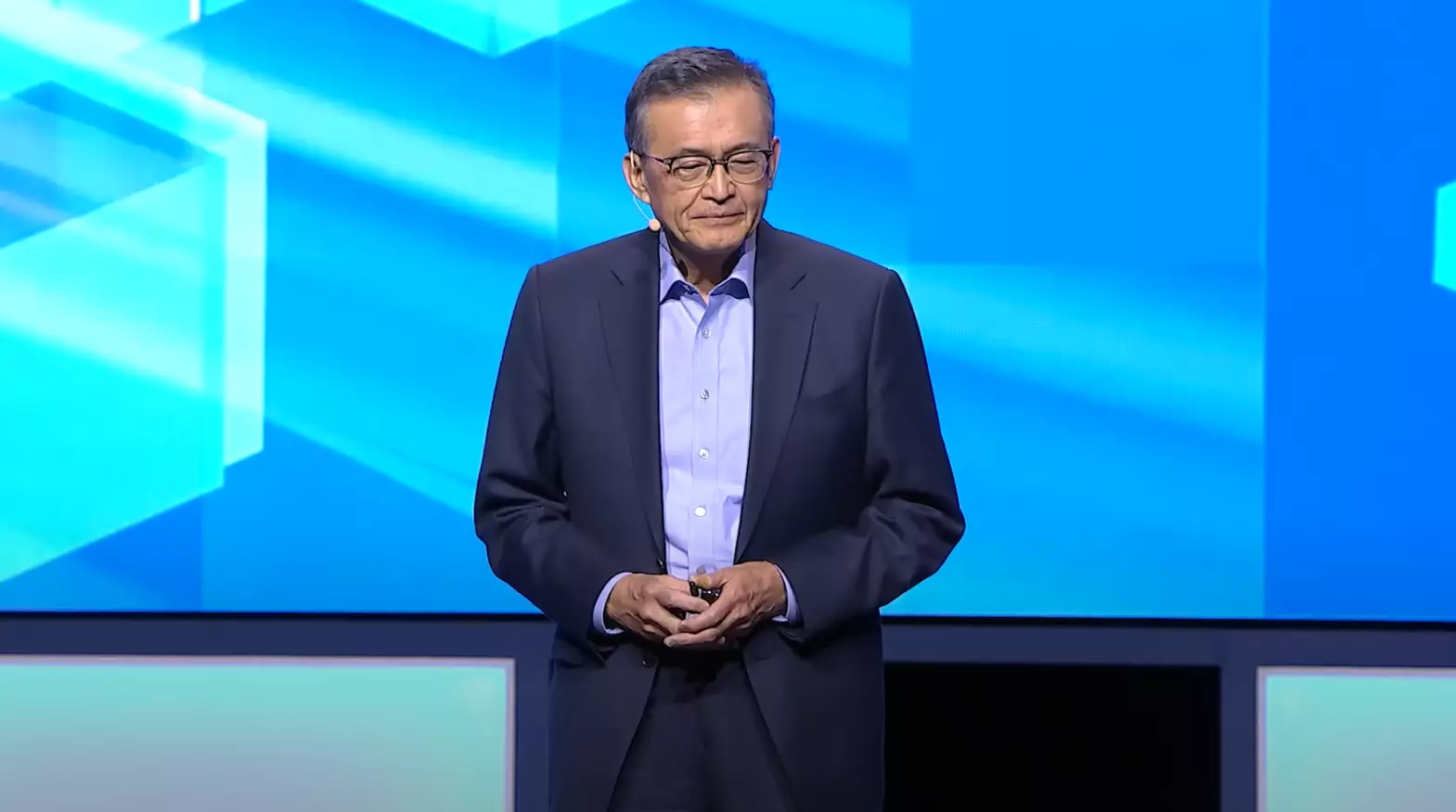Intel’s recent earnings call marked a significant moment in the company’s journey, showcasing the inaugural address of Lip-Bu Tan as the new CEO. The call attracted attention not only from investors but also tech enthusiasts eager to gauge Intel’s future trajectory. Tan’s leadership arrives at a pivotal time when the semiconductor industry faces intense competition and rapidly evolving technology landscapes. His emphasis on restructuring and enhancing workplace collaboration underlines a commitment to revitalizing a company long perceived as stagnant amidst rising rivals, particularly in the AI sector.
Tan’s announcement includes plans to flatten the organizational hierarchy, a strategic move designed to eliminate bureaucratic delays that have historically plagued Intel. By instituting a mandatory four-day office attendance, he aims to foster a culture of collaboration and innovation. However, such drastic alterations can be met with resistance from employees accustomed to transition policies and remote work flexibility, raising questions about morale and productivity during this shift.
Ambitions in AI: A Strategic Partnership
The most tantalizing aspect of Tan’s presentation was his mention of pursuing a partnership with an “industry leader” in artificial intelligence (AI). Although Tan did not definitively name this partner, it’s widely speculated that Nvidia’s dominance in AI hardware might be the target of his ambitions. Nvidia’s Blackwell architecture is a formidable force in the AI landscape, giving it a competitive edge that many are eager to rival.
If Tan intends to collaborate with Nvidia, the prospect of integrating Intel’s processors into Nvidia’s extensive range of AI solutions could symbolize a strategic pivot. Alternatively, should Tan’s focus be on AI models rather than hardware, it might suggest explorations into partnerships with players like OpenAI. Regardless of the direction, the road to establishing these collaborations seems long, with Tan acknowledging that meaningful change would require time and careful planning.
As Tan articulated, “We are taking a holistic approach to redefine our portfolio,” thus indicating an awareness of the complexities inherent in modern technological demands. This commitment to revamping offerings should not be seen as an immediate remedy but rather, a thoughtful course of action aimed at long-term sustainability.
The Road Ahead: Restructuring Challenges
While Tan’s vision for AI is compelling, the practicality of execution remains a dominant theme. The potential reduction of 20% of Intel’s workforce, hinted at during the earnings call, suggests a willingness to make tough decisions in the face of organizational complexity that hinders agility. Executives aware of market dynamics understand the cost of inertia, and Tan’s remarks underscore a growing impatience with cumbersome decision-making processes.
Reducing layers of management could indeed facilitate faster responses to market changes; however, it raises concerns about how these cuts will affect capability and morale within the workforce. A delicate balance must be struck between driving efficiency and maintaining the innovation culture vital to Intel’s identity.
The Challenge of Innovation Amidst Competition
Intel’s reputation as a semiconductor titan is at stake, with pressures mounting from competitors like AMD and, of course, Nvidia, who continues to steal the spotlight with its cutting-edge products. While Tan reaffirmed Intel’s commitment to launch the Panther Lake CPU, his vision calls for a broader strategic outlook that must now translate into concrete innovations.
The competitive landscape is unforgiving, and Intel has much to prove. Without tangible developments or new customer acquisitions, their status will only be questioned further. The tech industry thrives on continual evolution, and maintaining relevance amidst rapid advancements and shifting market dynamics necessitates not just dreams but also meticulous execution.
As Lip-Bu Tan navigates his initial journey as CEO, he confronts a multifaceted landscape filled with both challenges and opportunities. The path forward requires adept balancing of structural shifts, strategic partnerships, and innovation responsiveness. The stakes are high, and every decision will play a critical role in shaping Intel’s future in an increasingly competitive market where transformation is not just desired but essential.

